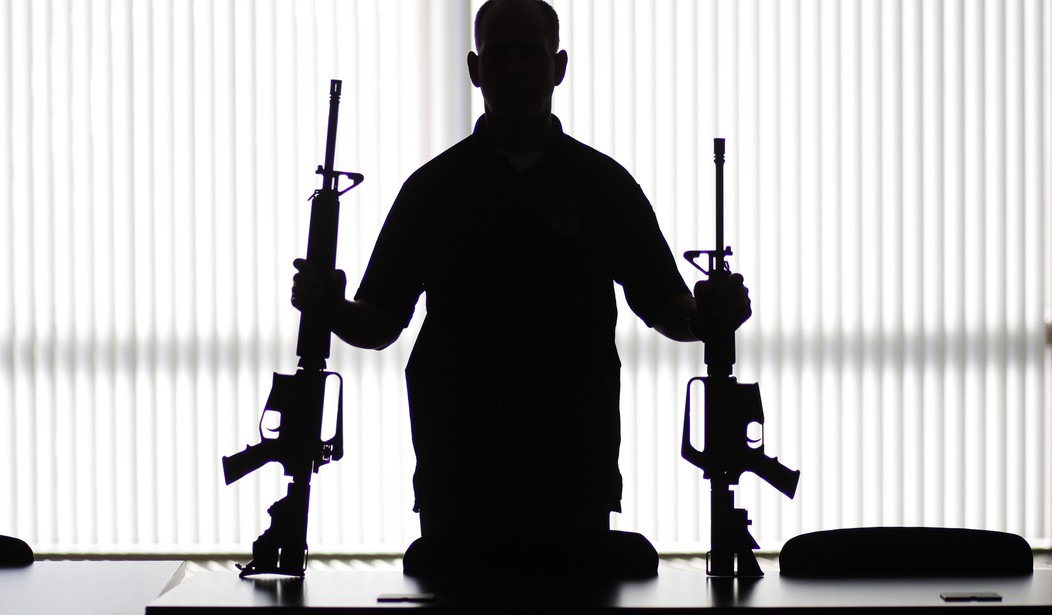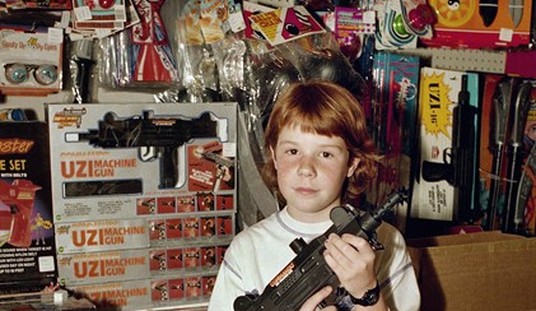It’s been more than a year since Justin Trudeau institute a sweeping gun ban via executive action instead of trying to pass a bill through Parliament, but the Liberal government still hasn’t figured out exactly how to implement its compensated confiscation.
A new report by Parliament’s chief budget officer says the portion of Trudeau’s gun ban that requires gun owners to hand over their firearms in exchange for a government stipend could cost $756-million if the government were to try to “buy back” every firearm from those who legally purchased them before Trudeau’s edict, though the Liberal government itself says the ban would “only” cost a little more than $200-million. The reason for the discrepancy between the two figures is simple; no one really has any idea how many banned guns there actually are in the country. But that’s not the only unknown factor in Trudeau’s gun ban.
That unknown number, coupled with the unknowns of how the Liberals plan to build the program, leads budget officer Yves Giroux to say he can’t give a detailed cost estimate for the program.
Among the details that the government needs to sort out include what pricing plan the Liberals want to use, whether the federal treasury would cover transportation costs for gun owners, and administration costs.
“There remain too many outstanding questions on how this program will be implemented to currently develop a complete picture of the true potential cost of the program,” the report reads.
“Many of these details, such as the compensation structure and program administration costs, will have a significant impact on the overall cost of the program.”
Canada’s Parliament still hasn’t approved any legislation that would provide specifics and funding for Trudeau’s gun ban, and Public Safety Minister Bill Blair faced questions over the delays earlier this week.
Blair revealed Tuesday that the regulations, which he tabled in the Commons on Monday, will not be fully in force until next September. Other regulations will have to go through consultations through the Canada Gazette–the official newspaper of the government of Canada– through to July after the Commons has adjourned for a summer recess and possible fall election.
“At the conclusion of that consultation, it is my intention to bring those regulations into force in the fall of this year and we are targeting for September,” Blair said. The mandatory lifetime background checks will be effective by July.
Fending off media questions about the delay with regulations, Blair blamed a legislative logjam in the final months of the Commons sittings. “I very much hope to have all of the elements of Bill C-71 fully implemented before the end of September of this year,” Blair repeated.
The reaction from gun control advocates was generally favourable, despite the delay. “Better late than never,” said the headline on a statement from PolySeSouvient, a group formed in the wake of the 1989 mass shooting of 14 women at the Polytechnique engineering school in Montreal. “As always, but especially in this case, the devil is in the details,” said Heidi Rathjen, a coordinator of PolySeSouvient.
In this case the devil’s not only in the details, but in the stated intent of the legislation itself; banning the lawful possession of commonly-owned firearms by responsible gun owners in the name of preventing criminals from engaging in acts of violence, and turning those responsible gun owners into criminals themselves if they merely keep ahold of the guns they legally purchased.
Of course, if that sounds familiar, it’s because it’s basically identical to Joe Biden’s own gun ban plan; which would require millions of American gun owners either hand over their modern sporting rifles to the government in exchange for cash, register their guns with the government (with a ban sure to come later), or become a federal felon by keeping their legally-bought rifles.
Now, the Canadian compensated confiscation plan could cost more than $750-million, but keep in mind that figure only covers the price of confiscating roughly 500,000 firearms. Biden’s ban would cover more than 20-million guns, and the financial cost would easily run into the tens of billions of dollars. Conversely, if every legal gun owner ended up registering their AR-15s under the National Firearms Act and paying the associated $200 tax per item, it could cost gun owners more than $3-billion.
Of course, the far bigger cost would come at the expense of our civil rights. Thankfully, for the moment Joe Biden’s gun ban is more pipe dream than political reality, but gun owners should still be paying very close attention to the implementation and political consequences of Trudeau’s gun ban up north, if for no other reason than to learn from Canada’s gun ban mistake. I suspect that as lawmakers grapple with how to actually put the gun ban into place, they’re going to face not only devils in the details, but continued pushback from provinces in the country’s heartland. We may not see the Second Amendment Sanctuary movement spread to a country that doesn’t enshrine the right to keep and bear arms in its constitution, but I’m definitely curious to see how many guns the government is able to collect, and I wouldn’t be surprised if there was widespread passive disobedience to Trudeau’s turn-in demand.









Join the conversation as a VIP Member